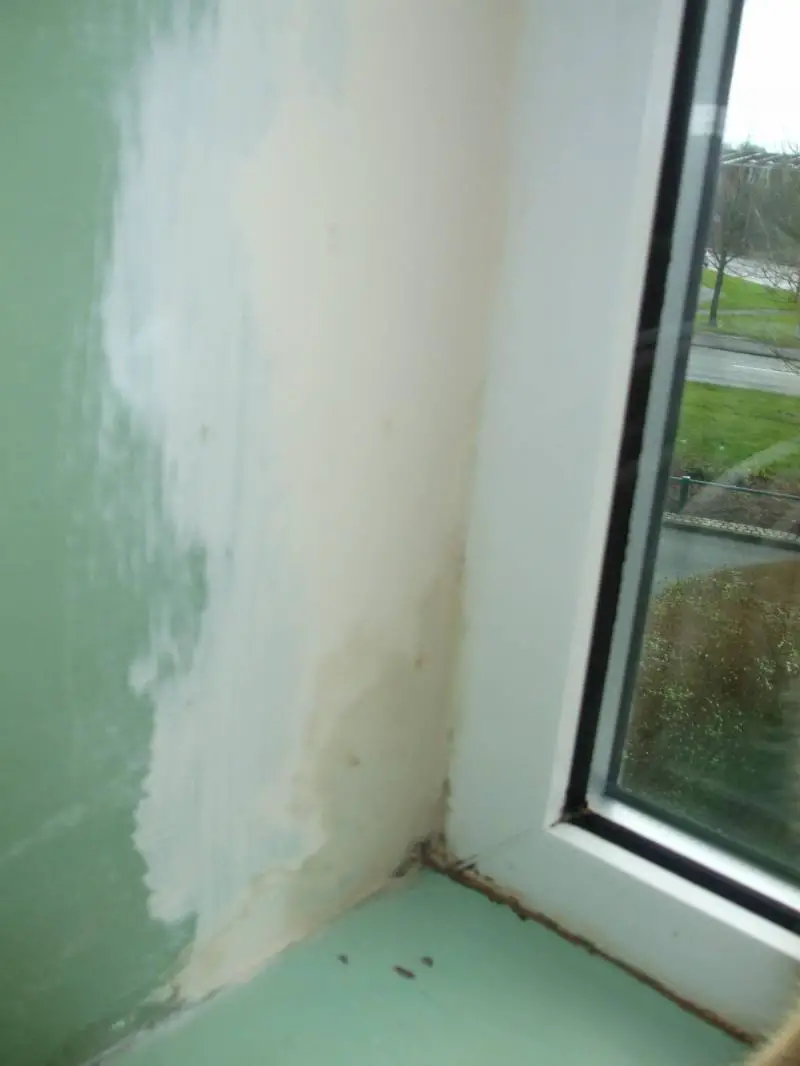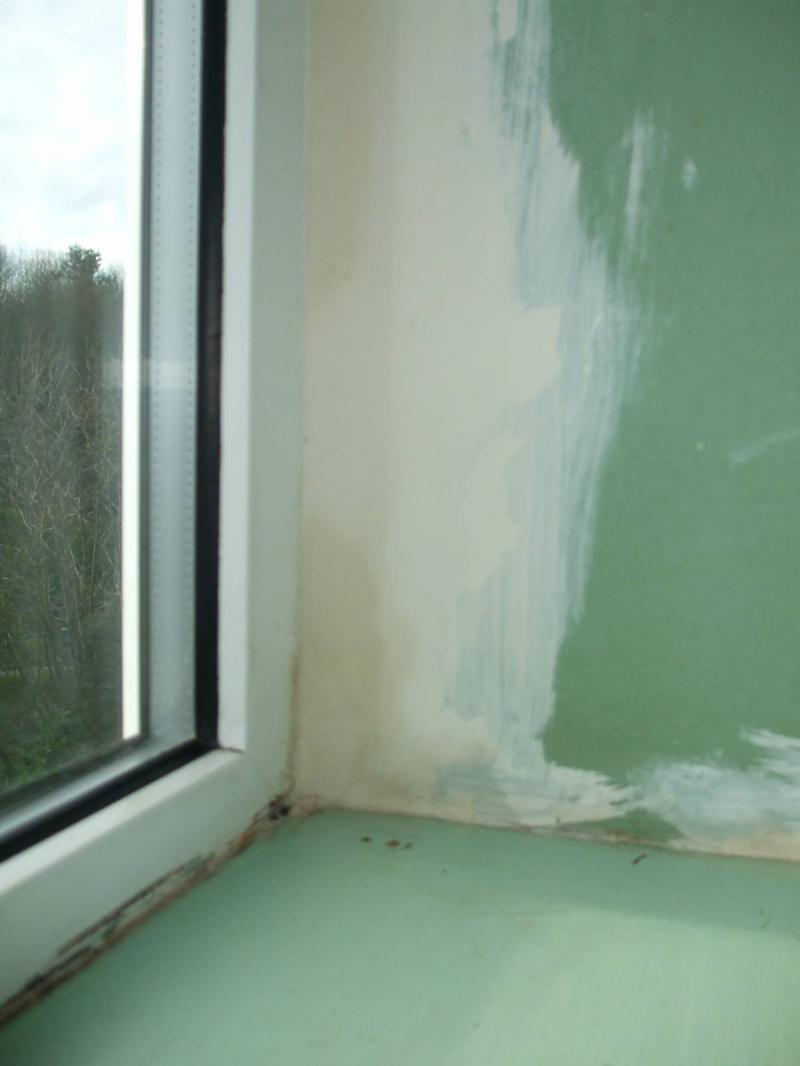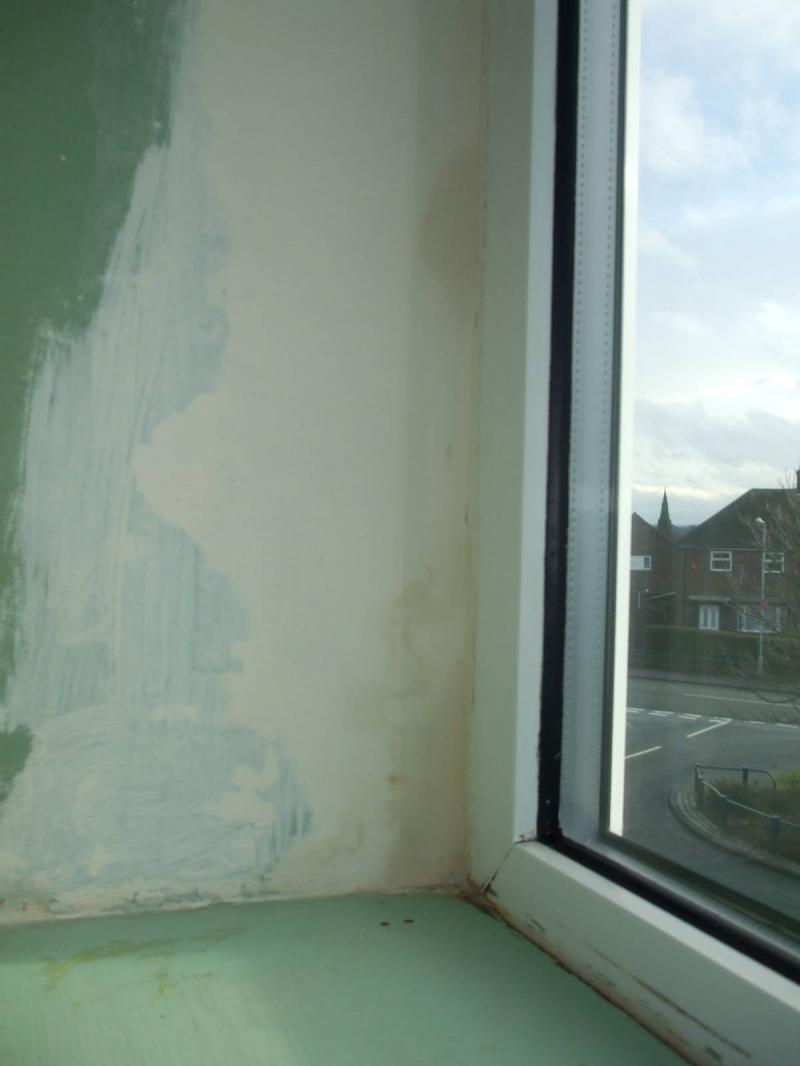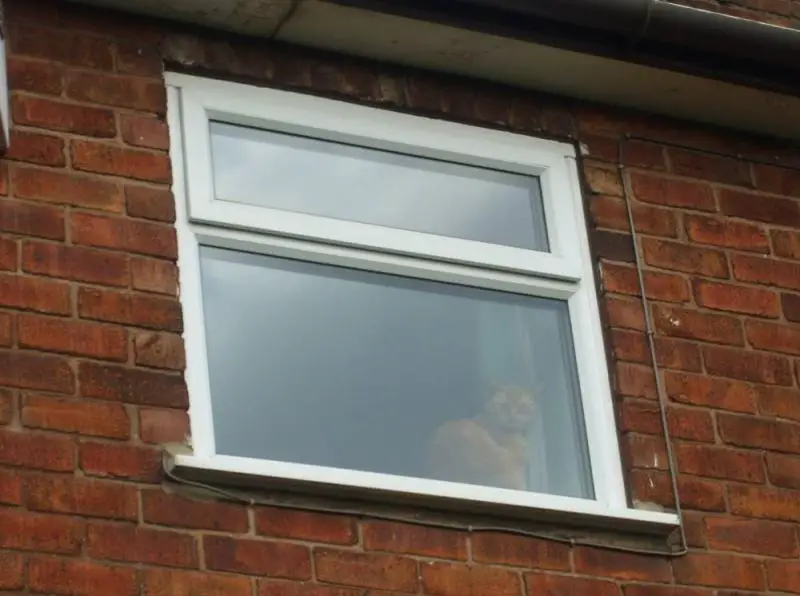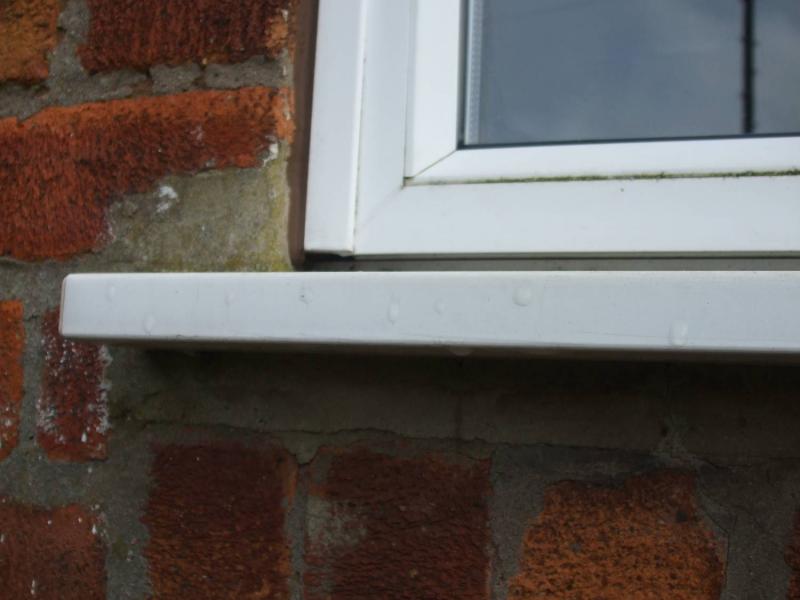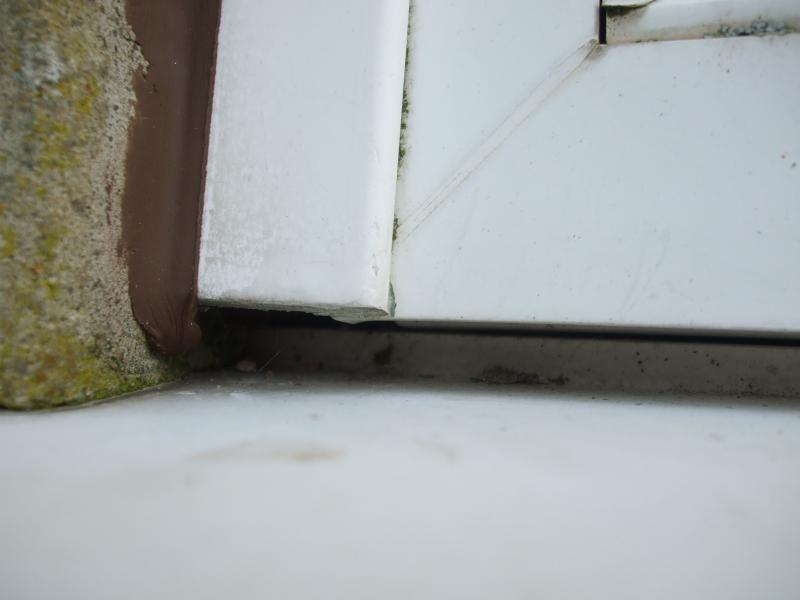Hi,My double glazing was done years ago,to replace metal 'crittal' type windows,but it's always been cold,draughty and never really kept out the noise from outside.
I decided to have a look to see what was wrong,and found that the windows had been fitted to the plaster,rather than the brick opening,and that they'd glued upvc strips around them to fill the gaps around the edges - gaps of up to 15mm,but at least 10mm.
There was no foam or insulation between the frame and the opening,and where the filler strips had been fitted they'd been cut off level with the bottom of the frame - this leaves a void that you can see into from outside,which probably isn't good (unless you're a spider looking for a home).
I removed all the old sealant outside and renewed it,then hacked off some plaster inside to get access to the void and filled it with spray foam,then plastered over it - job done,I thought...nice and quiet and no draughts.
But...
I now have a permanent damp patch at the bottom corners of both the windows I worked on,and one window has a small damp patch about half way up when it rains.
What did I do wrong,and what do I do now?
I decided to have a look to see what was wrong,and found that the windows had been fitted to the plaster,rather than the brick opening,and that they'd glued upvc strips around them to fill the gaps around the edges - gaps of up to 15mm,but at least 10mm.
There was no foam or insulation between the frame and the opening,and where the filler strips had been fitted they'd been cut off level with the bottom of the frame - this leaves a void that you can see into from outside,which probably isn't good (unless you're a spider looking for a home).
I removed all the old sealant outside and renewed it,then hacked off some plaster inside to get access to the void and filled it with spray foam,then plastered over it - job done,I thought...nice and quiet and no draughts.
But...
I now have a permanent damp patch at the bottom corners of both the windows I worked on,and one window has a small damp patch about half way up when it rains.
What did I do wrong,and what do I do now?


